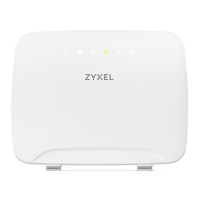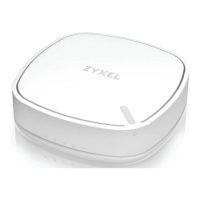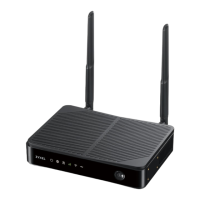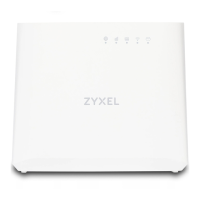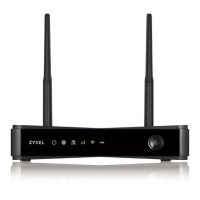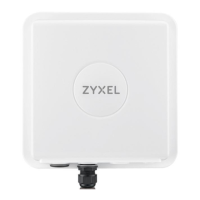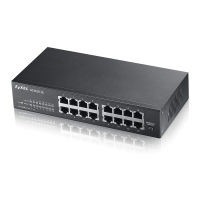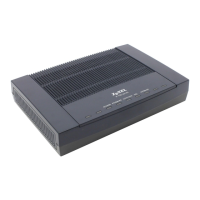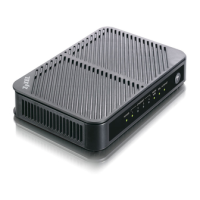Chapter 7 Wireless LAN
LTE3311 Series User’s Guide
65
7.1.1 What You Can Do
•Use the General screen to turn the wireless connection on or off, set up wireless security
between the LTE3311 and the wireless clients, and make other basic configuration changes
(Section 7.2 on page 67).
•Use the More AP screen to set up multiple wireless networks on your LTE3311 (Section 7.4 on
page 74).
•Use the MAC Filter screen to allow or deny wireless stations based on their MAC addresses from
connecting to the LTE3311 (Section 7.5 on page 76).
•Use the Advanced screen to allow intra-BSS networking and set the RTS/CTS Threshold (Section
7.6 on page 78).
•Use the QoS screen to ensure Quality of Service (QoS) in your wireless network (Section 7.7 on
page 79).
•Use the WPS screen to quickly set up a wireless network with strong security, without having to
configure security settings manually (Section 7.8 on page 79).
•Use the WPS Station screen to add a wireless station using WPS (Section 7.9 on page 81).
•Use the Scheduling screen to set the times your wireless LAN is turned on and off (Section 7.10
on page 81).
•Use the WDS screen to configure the LTE3311’s WDS settings (Section 7.11 on page 82).
7.1.2 What You Should Know
Every wireless network must follow these basic guidelines.
• Every wireless client in the same wireless network must use the same SSID.
The SSID is the name of the wireless network. It stands for Service Set IDentity.
• If two wireless networks overlap, they should use different channels.
Like radio stations or television channels, each wireless network uses a specific channel, or
frequency, to send and receive information.
• Every wireless client in the same wireless network must use security compatible with the AP.
Security stops unauthorized devices from using the wireless network. It can also protect the
information that is sent in the wireless network.
Wireless Security Overview
The following sections introduce different types of wireless security you can set up in the wireless
network.
SSID
Normally, the AP acts like a beacon and regularly broadcasts the SSID in the area. You can hide the
SSID instead, in which case the AP does not broadcast the SSID. In addition, you should change
the default SSID to something that is difficult to guess.
This type of security is fairly weak, however, because there are ways for unauthorized devices to
get the SSID. In addition, unauthorized devices can still see the information that is sent in the
wireless network.
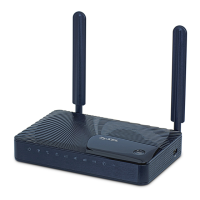
